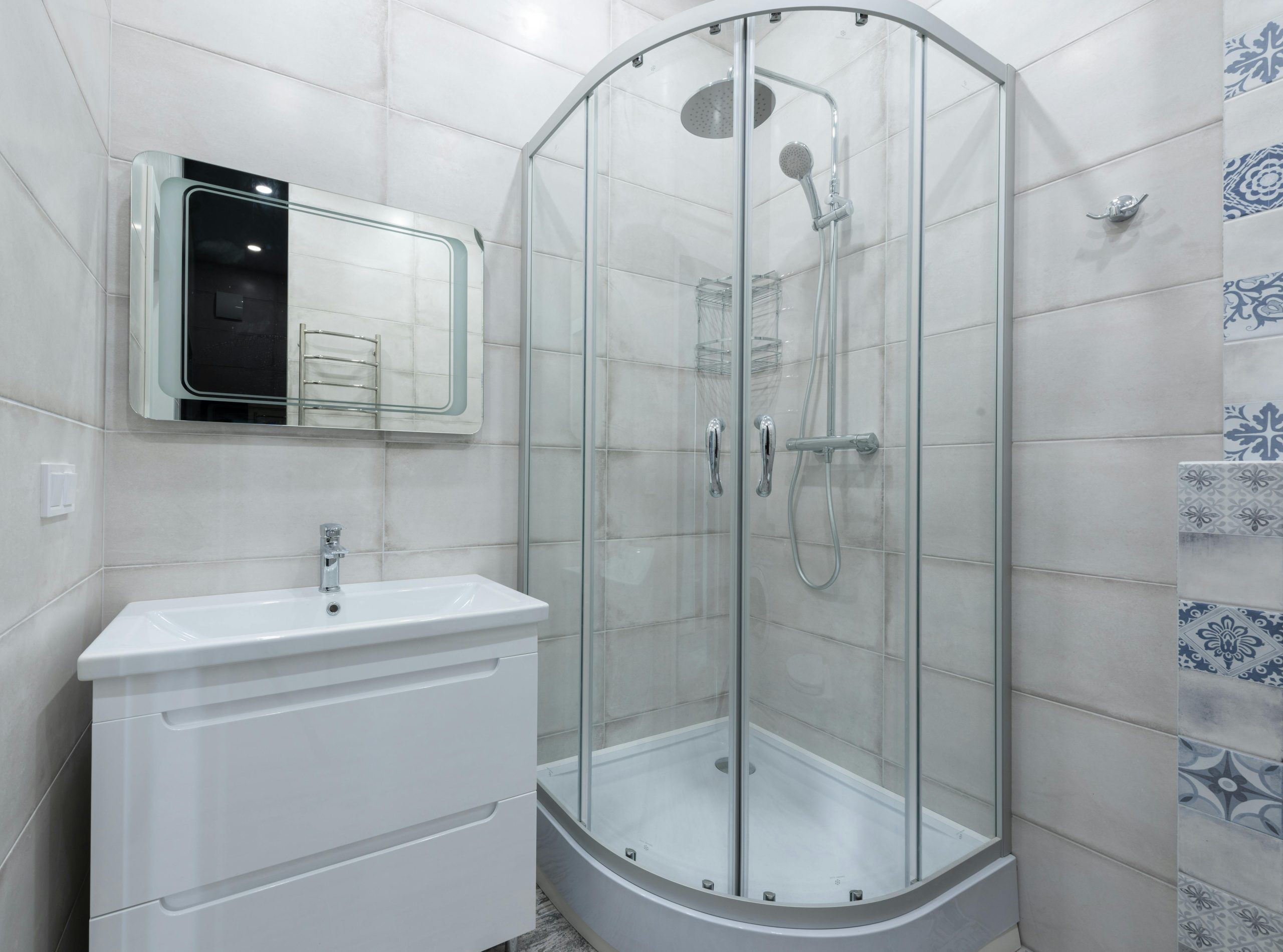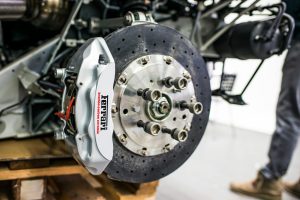Interior Design Evolution: Reimagining the Cabin Experience
The evolution of interior design in the aviation industry has brought about significant changes in the way we experience air travel. As flying becomes more accessible and comfortable, interior designers are reimagining the cabin experience to cater to the needs and preferences of modern travelers. From luxurious first-class cabins to budget-friendly economy seats, the design of aircraft interiors plays a crucial role in shaping the overall travel experience. In this article, we will explore the evolution of interior design in the aviation industry and how it is transforming the cabin experience for passengers.
The Beginning of Cabin Design
The concept of interior design in aircraft cabins dates back to the 1920s. During this time, commercial air travel was still in its early stages, and airplanes were primarily used for military purposes. The design of aircraft cabins was simple and functional, with no attention paid to aesthetics or comfort. Passengers sat on wooden or wicker chairs, and there was minimal legroom and overhead space for baggage. However, as air travel gained popularity and commercial airlines emerged, the need for better cabin design became apparent.
The Age of Glamour
In the 1950s and 1960s, as air travel became more luxurious, interior design in aircraft cabins became more elaborate. The golden age of air travel saw the introduction of spacious cabins, comfortable seats, and in-flight services such as meals and entertainment. Airlines like Pan Am and TWA competed to provide the most luxurious cabins, with extravagant features like swivel seats, adjustable lighting, and in-flight lounges. The focus of cabin design during this time was on creating a glamorous and exclusive experience for passengers.
The Rise of Economy Travel
In the 1970s and 1980s, the aviation industry saw a shift towards budget-friendly air travel, and the emphasis on luxury and glamour in cabin design faded. The introduction of economy class brought about a new set of challenges for interior designers. They had to find ways to fit more passengers in limited cabin space while keeping the cost of construction and maintenance low. This led to the introduction of smaller seats and a more basic cabin design, with little attention paid to comfort or aesthetics.
The Modern Era of Cabin Design
Over the years, as technology advanced, so did interior design in the aviation industry. The modern era of cabin design is all about maximizing space, incorporating technology, and creating a comfortable and enjoyable experience for passengers. Airlines today are investing in cutting-edge aircraft interiors to differentiate themselves and attract more customers. From adjustable headrests, touch-screen entertainment systems, and USB charging ports, to mood lighting and enhanced legroom, modern cabins are designed to provide convenience and comfort to passengers.
The Impact of COVID-19
The global pandemic has significantly affected the aviation industry, and interior design is no exception. With travel restrictions and safety concerns, airlines are reevaluating their cabin design to incorporate measures that will make passengers feel safe and comfortable. Some of the changes include the installation of protective screens, increased use of antimicrobial materials, and the implementation of touchless technology. The focus now is on creating a safe and hygienic environment while still providing a pleasant travel experience for passengers.
The Future of Cabin Design
The future of interior design in aircraft cabins is likely to be a blend of functionality and innovation. As sustainable travel becomes increasingly important, airlines will invest in sustainable materials and technologies to reduce their carbon footprint. We can also expect to see more personalized and interactive cabin designs, from customizable seats and entertainment systems to on-demand services. The use of virtual and augmented reality may also transform the cabin experience for passengers.
The Bottom Line
The evolution of interior design in the aviation industry has come a long way, from simple and functional cabins to comfortable and high-tech spaces. The focus has shifted from luxury and exclusivity to convenience and safety. As airlines continue to strive for innovation, we can expect to see more advancements in cabin design that will further enhance the travel experience for passengers.
Conclusion
In conclusion, interior design in aircraft cabins has gone through various stages of evolution, from basic and functional to luxurious and high-tech. It is a crucial aspect of air travel that plays a significant role in shaping the overall travel experience for passengers. With the ever-changing needs and preferences of travelers, it is essential for interior designers to continue reimagining the cabin experience to meet the demands of the modern world.








